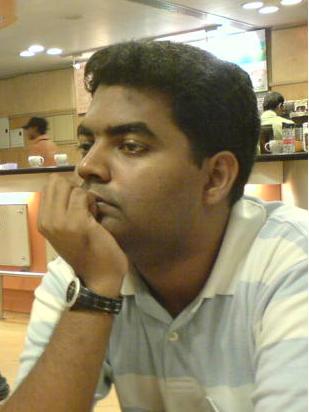GOD – the remarkable invention of a criminal genius??
The other day I was having an interesting discussion with a good friend (he is currently selling sanitary napkins for a health care major in Vizag and he lives alone by the seaside) of mine from IIMC who is writing a book on philosophy (at least that’s what he claims). I don’t remember how we got about discussing religion and GOD starting with randomness (guess that’s what talking about randomness does) but we did and suddenly an idea struck me. Could the concept of GOD have been a remarkable invention of one of our ancestors –most likely a criminal genius??
Humans being have a remarkable ability to find patterns (even in randomness) and develop cognitive shortcuts (biases). On one hand these abilities help us make sense of the immensely complicated world around us and help us in times of danger by reducing the processing times of our decision making. On the other hand, they are responsible for us drawing incorrect conclusions from information, both insufficient and incorrect and get thoroughly confused between correlation and causality. Why did ancient human beings have to resort to a supra human entity to explain the then unpredictable/apparently completely random natural phenomena like earthquakes, floods and epidemics instead of accepting the fact that they don’t understand the causes and that they need to investigate further? Why is it so difficult to deal with uncertainty?
My guess is that the concept of GOD is a brilliant conception of an evil genius, a genius who exploited the human mind’s innate weakness to his benefit. It’s a masterstroke. Multiple sources of uncertainty can now be neatly encapsulated into a single one – GOD. Also the causes of destructive/constructive random events can now be explained through anger/happiness (emotions that are pretty easy to relate to and understand) of GOD and correlated to activities performed by humans. It shouldn’t be very difficult for a genius to find spurious correlations. The biggest benefit to the genius is obviously the ability to influence people at will.
Now the only question that needs to be answered is the following - how did the person predict GOD’s moods given that he really does not understand how they work? Pretty simple, all he had to predict was to consistently predict a bad outcome and hope for the best (that is the occurrence of the bad outcome J) and he would have had a pretty good run.
So my humble submission is that GOD is a remarkable invention- an abstraction much ahead of its time and could only have been conceptualized by a remarkable genius having a remarkable understanding of probability and yes RANDOMNESS.

